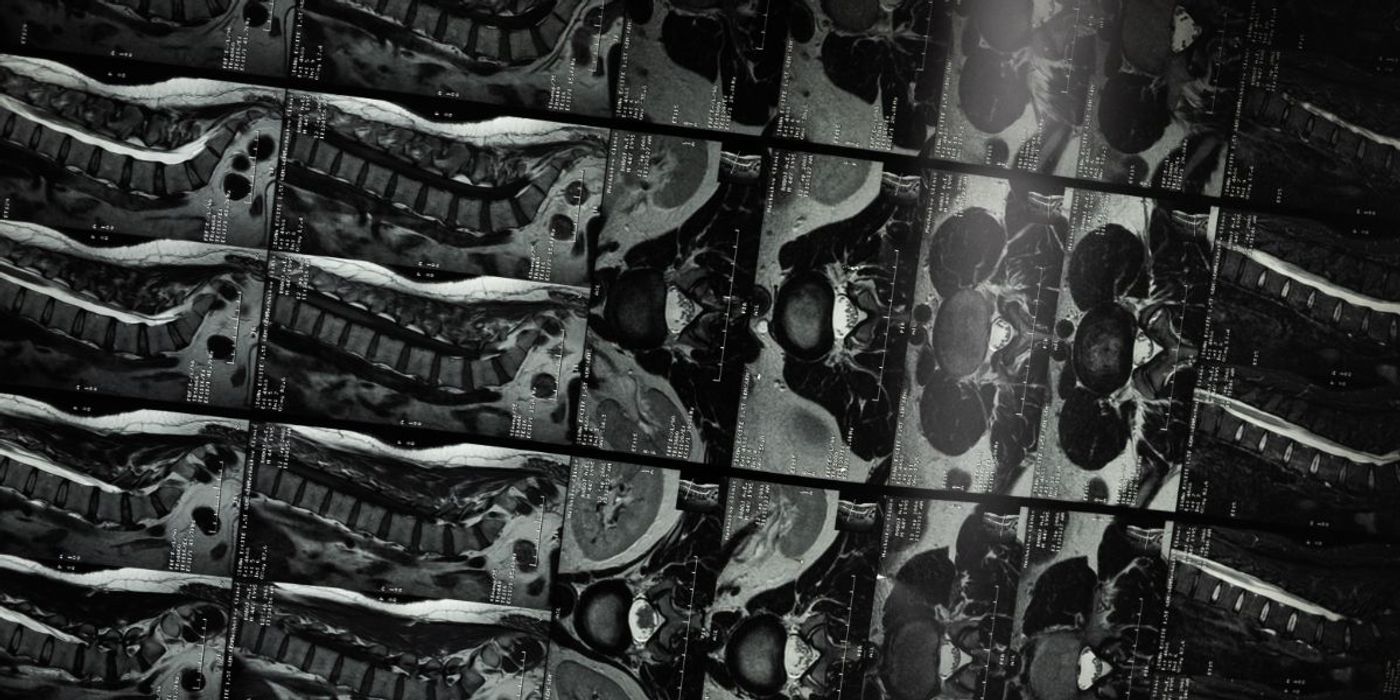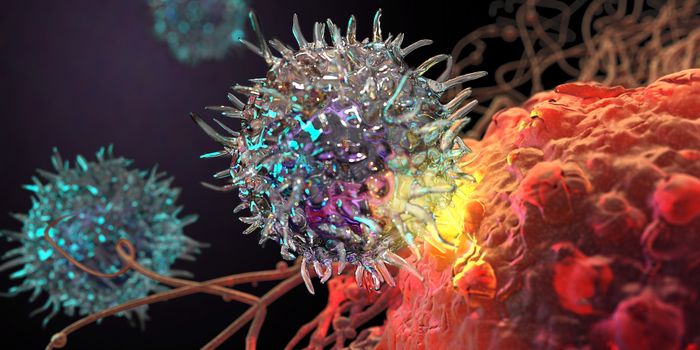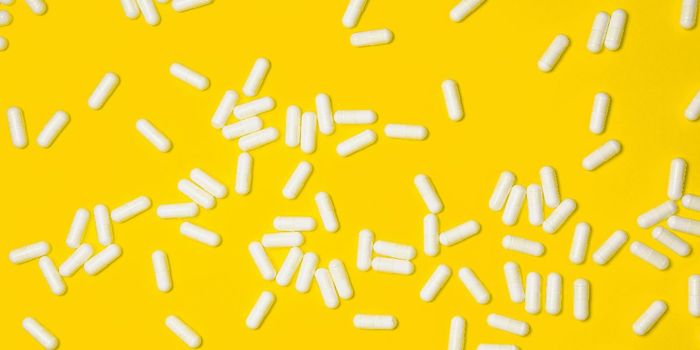Experimental Cancer Drug Regrows Nerves in Spinal Cord Injury
An experimental cancer drug can regenerate damaged nerves following spinal trauma in mice and rats. The corresponding report was published in Clinical and Translational Medicine.
Spinal cord injury affects between 200,000 and 1.2 million people per year and currently has no cure. Key issues in treating the condition include the low capacity of neurons in the central nervous system to regrow after injury and the presence of extrinsic factors such as myelin and scar-derived inhibitory molecules around regenerating axons.
Pharmaceutical company AstraZeneca is currently investigating a drug candidate known as AZD1390 that works by blocking ATM-dependent signaling and repair of DNA double-strand breaks to sensitize cancer cells to radiation treatment. In the current report, researchers hypothesized that the drug might also be able to promote nerve repair and restore function in those with spinal cord injury.
From cell studies, they found that AZD1390 could stimulate nerve cell growth in cell cultures and inhibit the ATM protein kinase pathway, a critical pathway regulating the response to DNA damage.
They also tested the drug candidate in mouse and rat models of spinal cord injury, and found that oral treatment resulted in suppression of the ATM protein kinase pathway, nerve regeneration beyond the site of injury, and the ability of nerves to carry electrical signals to the injury site.
“This is an exciting time in spinal cord injury research with several different investigational drugs being identified as potential therapies for spinal cord injury,” said Professor Zubair Ahmed, from the University of Birmingham’s Institute of Inflammation and Ageing, and one of the authors of the study.
“We are particularly excited about AZD1390, which can be taken orally and reaches the site of injury in sufficient quantities to promote nerve regeneration and restore lost function,” he noted.
“Our findings show a remarkable recovery of sensory and motor functions, and AZD1390-treated animals being indistinguishable from uninjured animals within 4 weeks of injury,” he added.
Sources: Neuroscience News, Clinical and Translational Medicine









